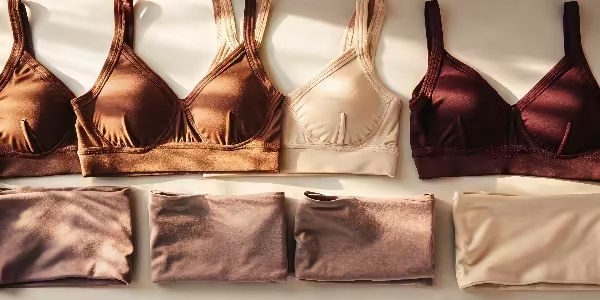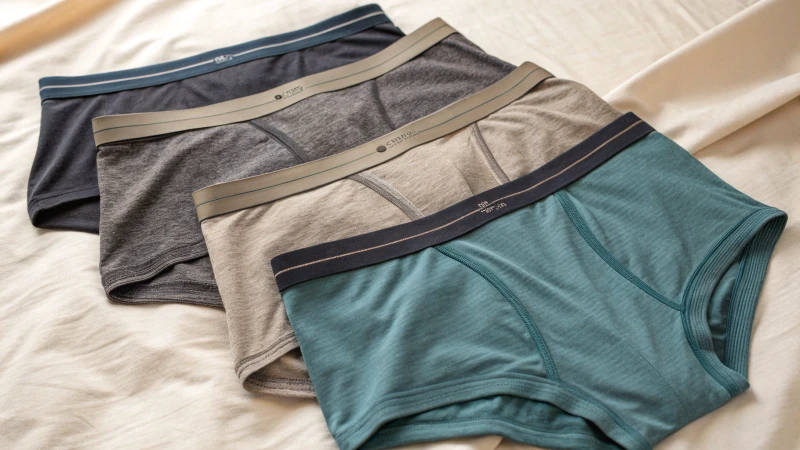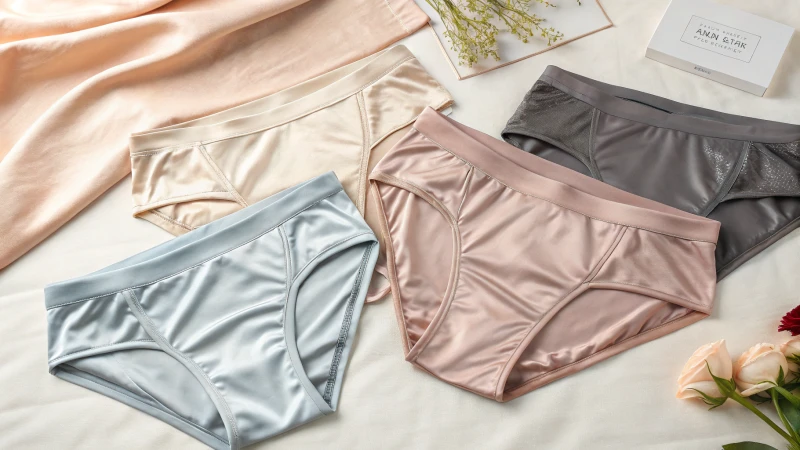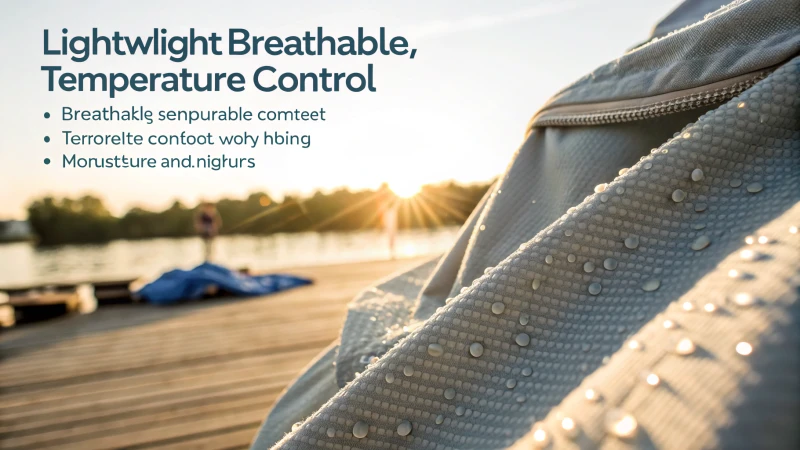
Ever stepped outside and felt like you were melting? I know the struggle. But here's the good news: temperature-control fabrics are game-changers for those sizzling days.
Temperature-control fabrics are essential in hot climates because they wick away moisture, regulate body heat, and enhance airflow. These features help keep you comfortably cool by drawing sweat off your skin and promoting breathability, ensuring you stay fresh and dry.
I remember the first time I tried one of these fabrics on a scorching summer day. It was like stepping into a personal oasis amidst the desert heat. These fabrics don't just promise comfort—they deliver it by pulling moisture away from your skin and letting air circulate freely. Imagine going about your day without that sticky, sweaty feeling clinging to you! Whether you're navigating a busy city or enjoying an outdoor adventure, choosing the right fabric can transform your experience. So, let's dive into how these wonder fabrics work and find out which ones might be perfect for your wardrobe.
Temperature-control fabrics wick moisture effectively.True
These fabrics draw sweat away from the skin, keeping it dry.
Temperature-control fabrics are ineffective in hot climates.False
They regulate temperature and enhance airflow, cooling the wearer.
How Do Temperature-Control Fabrics Work?
I once found myself jogging in a sweltering summer heat, drenched and uncomfortable. Little did I know, temperature-control fabrics could have made all the difference. Curious about how these wonder materials work?
Temperature-control fabrics utilize moisture-wicking, breathable, and thermoregulating technologies to manage body heat. By drawing sweat away, allowing air flow, and balancing temperature, they ensure comfort in both hot and cold environments.

The Science of Moisture-Wicking
When I first heard about moisture-wicking fabrics, I imagined it as tiny fabric elves whisking away sweat while I worked out. The reality is almost as magical. These fabrics are designed with fibers that pull sweat away from my skin to the surface of the fabric, where it can evaporate quickly. This keeps me dry and comfortable, especially during those intense workout sessions or on particularly hot days.
- Material Composition: Often made from synthetic fibers like polyester or nylon, these materials are champions of moisture management.
- Performance Metrics: They're rated by how effectively they wick moisture and dry—a lifesaver for athletes1 and anyone who enjoys an active lifestyle.
Breathability and Airflow
I remember wearing a breathable shirt on a hiking trip and feeling the cool breeze right through it—an instant refresher! Breathability is crucial in these fabrics because it allows air to pass through easily, aiding evaporation and preventing me from overheating.
| Feature | Description |
|---|---|
| Porous Weave | Fabrics with a loose weave enhance airflow significantly. |
| Ventilation | Some designs include mesh panels for extra breathability. |
Exploring different fabric constructions has helped me find what works best for specific activities or weather conditions.
Thermoregulation Techniques
One winter, I wore a jacket with phase change materials (PCMs), and it felt like a personal thermostat. These advanced fabrics can absorb or release heat to keep my temperature steady.
- Phase Change Materials (PCMs): These materials store and release heat energy, which helps them adapt to temperature changes.
- Practical Applications: Used in high-performance sports gear and medical textiles2, PCMs are versatile across many fields.
Real-World Applications and Benefits
These fabrics aren't just for athletes; they're weaving their way into everyday life. From my morning jog to lounging at home, temperature-control textiles enhance comfort regardless of the climate.
- Sportswear: Keeps me comfortable during intense activities by maintaining the perfect balance of warmth and coolness.
- Everyday Wear: Offers consistent comfort in varying climates, making daily routines more pleasant.
- Specialized Uses: Found in healthcare settings for patient comfort3, showcasing their wide-ranging utility.
By understanding the core technologies behind these fabrics, I can make informed decisions about my clothing choices, ensuring comfort whether I'm scaling mountains or simply taking a stroll in the park.
Moisture-wicking fabrics use natural fibers.False
Moisture-wicking fabrics typically use synthetic fibers like polyester.
PCMs in fabrics help regulate temperature.True
Phase Change Materials absorb or release heat to maintain stable temperatures.
What Are the Key Benefits of Using Temperature-Control Fabrics?
Ever had one of those days when no matter what you wear, you're either too hot or too cold? Temperature-control fabrics might just be the game-changer you've been searching for.
Temperature-control fabrics improve comfort by regulating body temperature, managing moisture, and boosting performance. They wick away sweat and enhance airflow, making them perfect for activewear and hot climates.
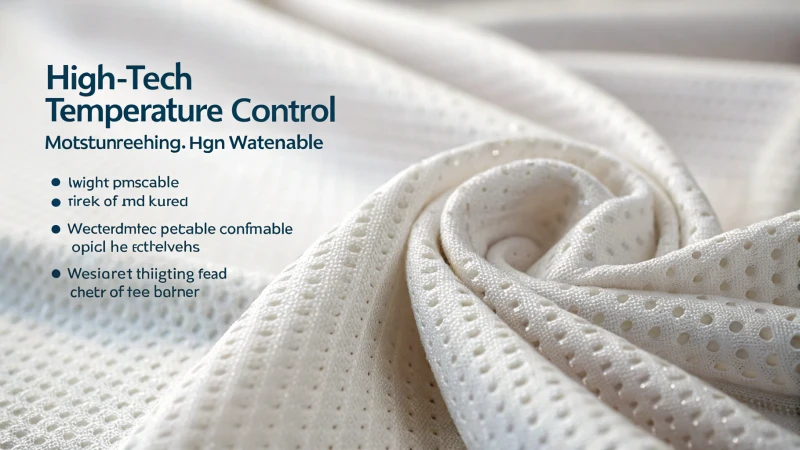
Understanding the Technology Behind Temperature-Control Fabrics
When I first heard about temperature-control fabrics, it was like discovering a secret weapon in my wardrobe arsenal. Imagine wearing clothes that adapt to your body's needs, keeping you comfortable no matter the situation. These fabrics use cutting-edge materials to respond to environmental changes, which means they help manage sweat and heat with incredible efficiency through moisture-wicking4 and thermoregulating5 properties.
Enhanced Comfort
I remember one scorching summer day when I decided to test a temperature-control shirt during my morning run. Usually, by the time I finish, I'm a sweaty mess, but this time was different. The fabric kept me dry and cool, reducing the usual discomfort and fatigue. For anyone living in hot climates or engaging in physical activities, this can make all the difference in the world.
| Benefit | Description |
|---|---|
| Improved Comfort | Keeps skin dry and reduces overheating |
| Moisture Management | Wicks sweat away from the body |
| Enhanced Performance | Supports extended physical activity without fatigue |
Moisture Management
I've always hated that sticky feeling of sweat clinging to my skin, especially during workouts. But with temperature-control fabrics, that problem seemed to vanish. Their moisture-wicking capabilities draw sweat away quickly, promoting airflow and keeping skin irritation at bay. These properties are game-changers for custom underwear and athletic gear.
Versatile Applications
The beauty of these fabrics is their versatility. Beyond activewear, they're making waves in bedding, casual clothing, and even work uniforms. This widespread application means I can enjoy the benefits of temperature-control technology everywhere—from lounging on my couch to tackling a busy workday. Not only do they enhance my comfort, but they also elevate product quality and brand loyalty.
By integrating temperature-control fabrics into our daily lives, we can embrace a new level of comfort and functionality that truly enhances our overall well-being.
Temperature-control fabrics enhance athletic performance.True
These fabrics reduce fatigue by regulating body temperature, aiding athletes.
Temperature-control fabrics are only used in sportswear.False
They are also used in bedding, casual clothing, and work uniforms.
Which Fabrics Are Best for Hot and Humid Conditions?
Ever spent a summer day drenched in sweat, wishing your clothes could magically cool you down? I’ve been there. Let’s talk about the best fabrics for beating the heat.
When it's sweltering outside, fabrics like cotton, linen, and bamboo are lifesavers—they’re breathable, lightweight, and moisture-wicking. Meanwhile, steer clear of synthetic options like polyester that can trap heat and sweat.

Breathable Fabrics: Your First Line of Defense
Picture this: a scorching summer afternoon where every breeze feels like a blessing. During such days, breathable fabrics become your best friend. I remember a family picnic where my cotton shirt was the only thing keeping me from melting into a puddle. Cotton and linen are fabulous choices—they let air flow freely, helping sweat evaporate quickly. Cotton is not just comfortable but also hypoallergenic, making it gentle on sensitive skin.
| Fabric | Key Features | Benefits |
|---|---|---|
| Cotton | Breathable, Absorbent | Soft, Versatile |
| Linen | Quick-drying, Lightweight | Cooling Effect |
| Bamboo | Antibacterial, Soft | Moisture-wicking |
The Magic of Moisture-Wicking Fabrics
Have you ever gone for a run and felt like you were wearing a sauna suit? I have, and that's why I swear by moisture-wicking fabrics. They whisk away sweat from your skin, letting it evaporate faster—think of it as a built-in fan. Bamboo fabric is exceptional at this, and it's naturally antibacterial too, which means no more post-workout odors clinging to your clothes. Surprisingly, merino wool offers similar benefits; it’s a year-round staple in my closet for its amazing moisture management.
Moisture-wicking fabrics draw sweat away from your skin, allowing it to evaporate faster. Bamboo fabric is particularly renowned for this quality. It also possesses antimicrobial properties6 that help keep odors at bay.
Why Avoid Synthetic Fabrics?
In my experience, wearing polyester in summer feels like wrapping myself in plastic wrap. While synthetics like polyester and nylon are budget-friendly and tough, they’re not breathable. They trap heat and sweat against your skin—a recipe for discomfort. Instead, choose fabrics designed to maximize airflow7 to stay cool.
Exploring Innovative Fabric Technologies
We’re living in exciting times where technology meets fashion! I've tried some advanced fabrics that blend natural fibers with synthetics for the best of both worlds. For example, cotton mixed with elastane offers flexibility without sacrificing breathability.
Modern technology has introduced advanced fabrics that blend natural fibers with synthetics to enhance performance. Research is underway into fabrics that regulate temperature8—imagine staying comfortably cool no matter how high the mercury rises.
Picking the right fabric isn't just about looking good; it's about feeling great too. Understanding what makes each material tick can transform your summer dressing game, keeping you cool and comfy all season long.
Cotton is hypoallergenic and ideal for sensitive skin.True
Cotton's natural fibers are gentle, reducing skin irritation risk.
Synthetic fabrics like polyester are highly breathable.False
Polyester traps heat and sweat, reducing breathability.
How do I Choose the Right Temperature-Control Fabric for My Needs?
Ever found yourself sweating through a hot summer night or shivering on a chilly morning, wishing your clothes could just get it right?
To pick the right temperature-control fabric, think about how breathable it is, if it wicks moisture well, and what it's made of. Consider your climate and activity level to find the perfect match for your needs.
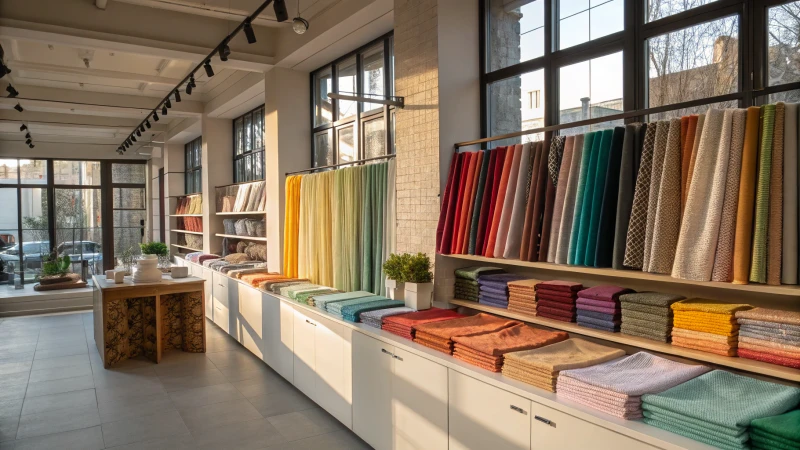
Understanding Temperature-Control Fabrics
There was a time when I thought all fabrics were the same, but then I stumbled upon the world of temperature-control fabrics. These materials are game-changers, engineered to keep your body temperature just right, no matter what. They boast moisture-wicking properties9 that work like magic to pull sweat away from your skin, leaving you feeling comfy and dry.
Key Properties
- Breathability: This is the secret sauce that keeps air flowing, preventing that dreaded overheating.
- Moisture-Wicking: Imagine a fabric that practically moves moisture to its surface, keeping your skin blissfully dry.
- Thermoregulation: These fabrics have a mind of their own, adjusting to your body's temperature ups and downs.
I realized how important these properties were when I started hiking. Whether I was under the blazing sun or caught in a sudden chill, these fabrics had my back, making them perfect for everything from outdoor sports10 to just lounging around at home.
Factors to Consider
When I was choosing my first temperature-control fabric, here's what I thought about:
| Factor | Consideration |
|---|---|
| Climate | Hot or cold environments require different fabric properties. |
| Activity Level | High activity needs more moisture-wicking. |
| Personal Comfort | Preferences for texture and fit matter. |
Taking these into account helped me pinpoint which features mattered most for my adventures.
Types of Temperature-Control Fabrics
Here's what I've discovered about the different materials:
- Cotton Blends: They're often mixed with synthetic fibers for that extra oomph.
- Merino Wool: Naturally breathable and great at wicking away moisture—it's like nature's little miracle.
- Synthetic Fabrics: Designed for high performance, especially when you're breaking a sweat.
Diving into how each material stacks up in terms of breathability and comfort11 was eye-opening and helped me make smart choices tailored to my needs.
Practical Applications
Think about where you'll use these fabrics:
- Bedding: Imagine sheets and pillowcases that help with temperature regulation12, making sleep so much more peaceful.
- Clothing: Everyday outfits that adjust to the day's temperature swings.
- Athletic Wear: Built to withstand intense workouts without leaving you drenched.
Each use has its own demands, shaping your fabric choice depending on what you need most.
Cotton blends are the best for moisture-wicking.False
Synthetic fabrics generally outperform cotton blends in moisture-wicking.
Merino wool is naturally breathable and moisture-wicking.True
Merino wool has inherent properties that make it breathable and moisture-wicking.
Conclusion
Temperature-control fabrics are vital in hot climates, effectively wicking moisture, regulating body heat, and enhancing airflow to keep wearers cool, dry, and comfortable during outdoor activities.
Discover the top fabrics that effectively manage sweat for athletes, enhancing performance and comfort. ↩
Learn how phase change materials revolutionize patient comfort and care in medical textiles. ↩
Explore how these fabrics improve patient comfort and care efficiency in healthcare settings. ↩
Learn about how moisture-wicking technology works to keep your skin dry and comfortable. ↩
Discover how thermoregulating fabrics adapt to temperature changes to enhance comfort. ↩
Learn about bamboo's moisture-wicking abilities and its antimicrobial properties that keep odors away. ↩
Discover how maximizing airflow through fabric can enhance comfort during hot weather by promoting evaporation. ↩
Find out about innovative fabrics that adjust to body temperature, offering consistent comfort in varying climates. ↩
Learn how moisture-wicking properties enhance comfort by keeping skin dry and reducing sweat discomfort. ↩
Discover top-rated fabrics that provide comfort and performance during outdoor activities. ↩
Explore a comparison of fabric breathability to find the most comfortable option for various needs. ↩
Understand how temperature-regulating bedding enhances sleep quality by maintaining optimal comfort. ↩

